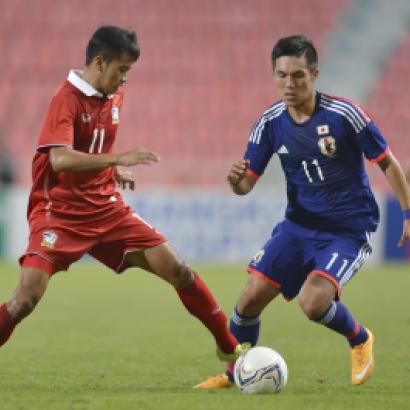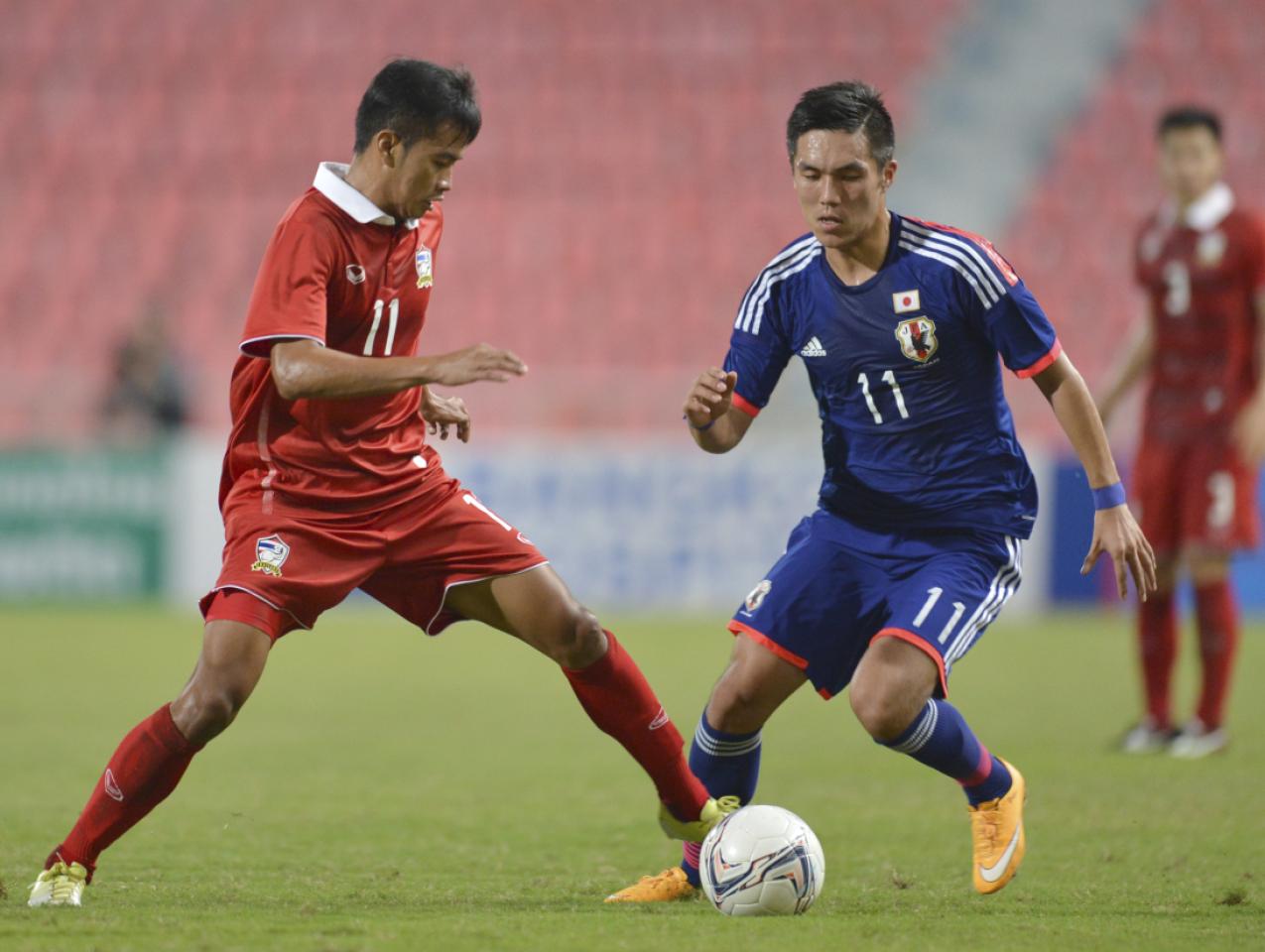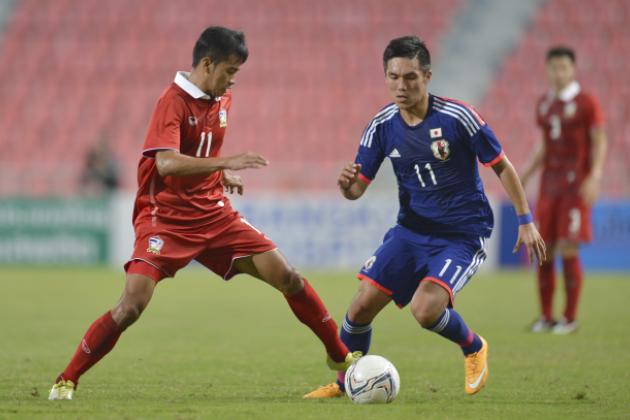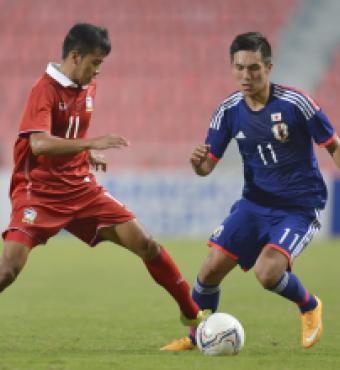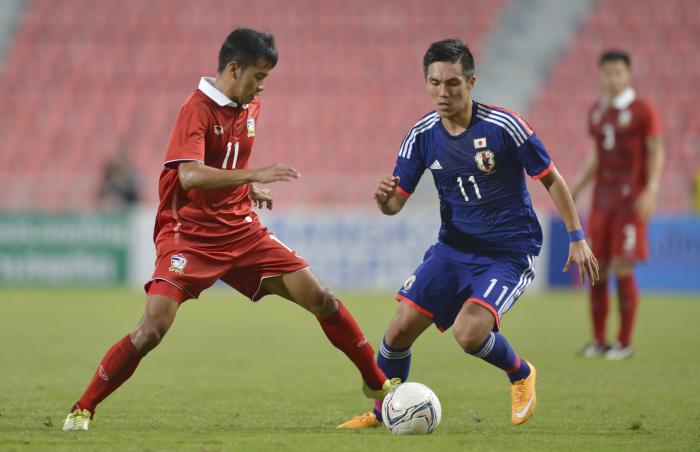The history of sports in India is—how to put it delicately?—less than entirely impressive. Oh, what the hell: It is horribly inglorious and depressing, an embarrassment on a global scale. A nation of more than a billion people has to its name a single individual gold medal in all the Olympic Games in which it has taken part.
That was won by Abhinav Bindra, a businessman’s son who paid for his own facilities and training, in the Beijing Games of 2008—in which India’s giant neighbor and rival, China, with a population of only a few million more souls than India, won 51 golds.
Mr. Bindra’s gold was in the men’s 10-meter air-rifle event. No Indian has won better than silver at an individual event involving purely athletic ability. Excluding shooting, there have been only three individual Olympic silvers, two of which were won way back in 1900—in the Paris Games—by an English sprinter born in India named Norman Pritchard. While the International Olympic Committee lists those medals as India’s, the International Amateur Athletics Federation attributes them to Great Britain. Official records from the Paris Games list Pritchard as a British competitor. Whatever the aptness of such designations, most modern Indian historians shy away, quite sensibly, from any claim that Pritchard’s medals were India’s.
India has fared somewhat better at team sports, both in the Olympics and elsewhere. It has eight Olympic golds in field hockey, along with one World Cup victory in the same sport, as well as many creditable achievements in cricket.
A glib (but not implausible) explanation for this discrepancy between the success of Indian individuals and teams is that individualism isn’t India’s forte. A stratified, hierarchical society handles collective endeavor better than it does the plowing of lone furrows. Traditional Indians see themselves as members, foremost, of their caste or tribe or region; a subsumption of the individual into the collective is the cultural and social norm.
Until quite recently, most Indians made very few personal decisions themselves. Even the most intimate choices, such as what to study at university or whom to marry, were made for young people by their parents—whose own rulings were often made with an eye to how the wider social network would react. Many young Indian children were discouraged from pursuing sports by parents who believed that time spent away from books and school would damage their children’s prospects in life. And in the heyday of amateurism, when professional sports leagues were largely absent from India, it was hard to argue against them.
These and other themes are the subject of Ronojoy Sen’s “Nation at Play: A History of Sport in India.” His ambitious book examines Indian sports in a largely chronological manner and does not duck the more awkward questions, such as the perceived athletic limitations of Indians. The narrative has an attractive sweep to it, starting with the place of sports and martial competition in Hindu epics such as the “Mahabharata” and the “Ramayana.”
While intriguing as the mythological subtext to India’s sporting culture, the ancient material offers little by way of modern-day light. Mr. Sen’s story acquires currency when it takes on the role of the British in India and addresses the politics of sports in the Raj. Perhaps by virtue of his own Bengali origins—the Bengalis being, in many ways, the most solipsistic of all Indians—there is a notable overemphasis in his history on sports in the eastern Indian region of Bengal.
The Bengalis were among the first Indian people to embrace colonial ways; and along with their cultivation of the English language there came a fascination with British games. Bengalis took to soccer, for instance, with an ardor that was born partly out of a hunger for all things British and partly as a reaction against their disparagement as an “effeminate” or “non-martial” people by the British. One has only to dip into Kipling to encounter a loathing of the Bengali babu—or gentleman whose absorption of British education and civic aspirations was to become a political inconvenience to the Raj. After all, a man who had acquired British values, including an understanding of political rights, was harder to treat as a mere colonized minion.
Mr. Sen is at his best when parsing the social makeup of the different sports that Indians took up. The game of cricket, for instance—which rules India to this day—was adopted first by the rajahs of India’s many princely states, who imbibed an Eton-like education at schools set up by the British specifically for the native aristocracy. The entrepreneurial classes in the major cities—especially the Parsi community in Bombay—were also early adopters of cricket, as it offered an elegant way to emulate (and bring them social proximity to) their British overlords. Today the game is, in Mr. Sen’s words, “a national obsession.”
Soccer, by contrast, quickly became the game of the metropolitan working class, especially in Bengal, where passion for the game (if not performative ability) can match that of Brazil or Spain or England. Field hockey, the third great British team game that found a home in India, was the preferred sport of the northern Indian peasantry, as well as of the armed forces, which drew its recruits from that same rural pool.
The last decade has seen India make great economic strides and with those have come a professional revolution in the world of sports, particularly cricket. Indian administrators are the rulers of world cricket. In an irony that is at once bitter and delicious, they are frequently accused by other nations of an imperious and arrogant attitude. Until not so very long ago, this was the charge that Indians leveled against the Englishmen who ran the game from their cozy redoubt in London.
Mr. Varadarajan is the Virginia Hobbs Carpenter Fellow at Stanford University’s Hoover Institution and a contributing editor of Politico.








